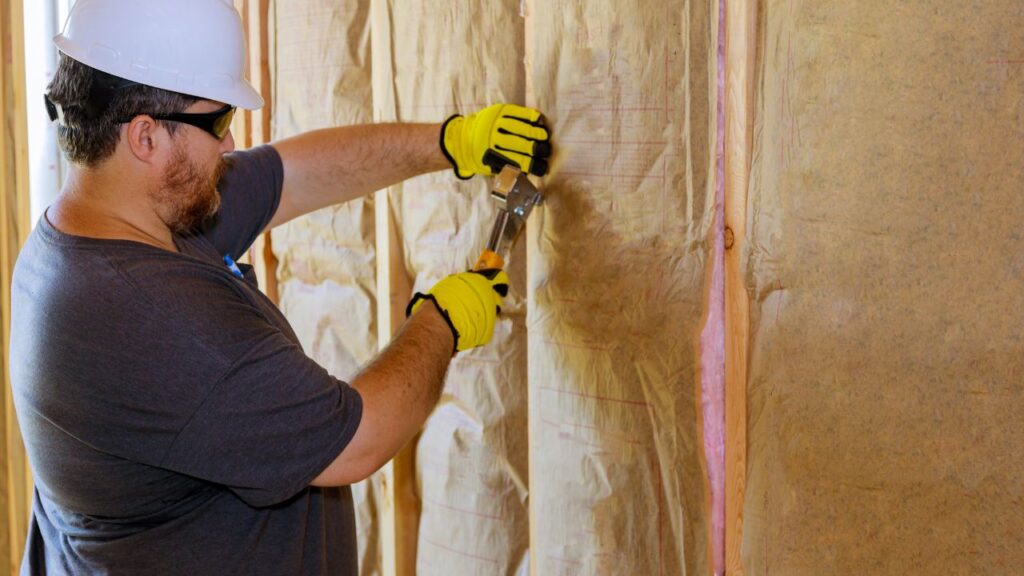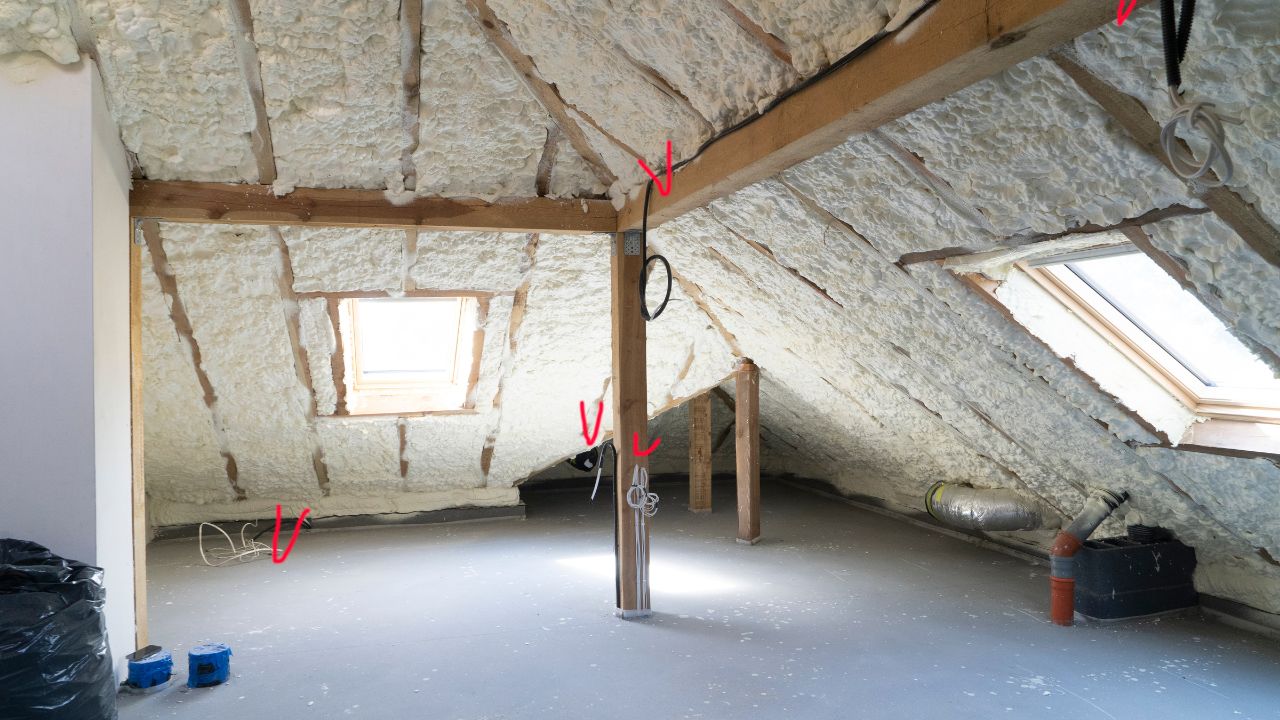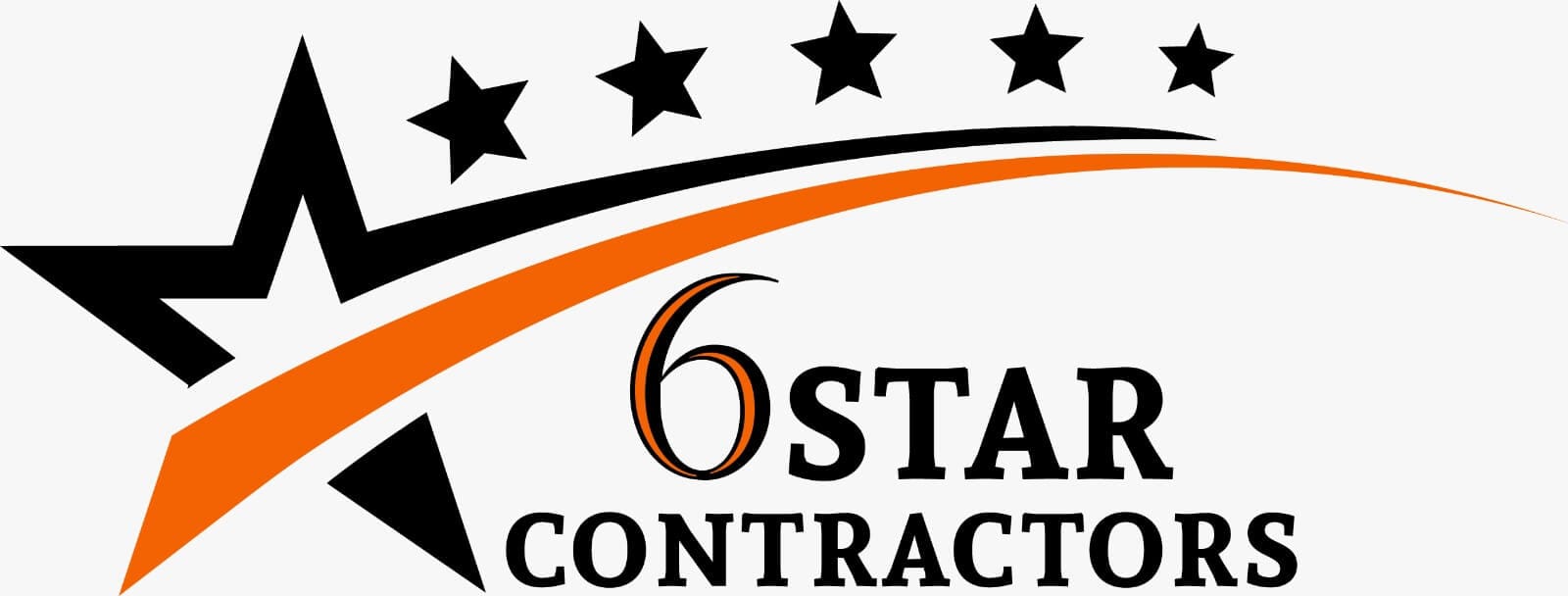Boost Your Insulation Bids – Request a Precision Estimate!
- Accurancy
- Efficiency
- Transparency
- Customization
- Time Saving
- Professionalism
- Cost Control

Commencing on the journey of insulating a 2,500 square foot home marks a significant and strategic step towards crafting an abode that seamlessly blends comfort, energy efficiency, and sustainability. This comprehensive guide aims to unravel the intricacies surrounding the insulation process for a residence of this scale. As we navigate through the vast landscape of factors influencing costs, delve into diverse insulation options, and unravel the manifold benefits inherent in this investment, homeowners are equipped with the knowledge needed to make informed decisions. From understanding the nuances of insulation types to estimating overall costs and comprehending the long-term advantages, this guide serves as a compass for those seeking not only immediate comfort but also enduring value and efficiency in their living space. In the realm of home improvement, insulating a 2,500 square foot haven emerges not just as a practical necessity but as a thoughtful investment in the well-being of both the occupants and the environment.
The first crucial factor influencing the cost of insulating a 2,500 square foot home is the type of insulation selected.
Various options, such as fiberglass blanket insulation, loose fill or blown-in cellulose, rigid foam board, cotton batt, mineral wool batt, and spray foam, come with different price points.
Homeowners need to weigh the insulation type’s effectiveness, R-value, and installation complexities against their budgetary considerations.

Another factor impacting the overall cost is determining the specific areas of the house to be insulated. Whether focusing on walls, ceilings, floors, or attics, each space comes with its insulation requirements. Additionally, assessing the current state of insulation in these areas and addressing any gaps or inefficiencies will contribute to the overall project cost.

Fully Insured Licensed Hire a Contractor For Garage
Hire Contractor
Make Informed Design Decisions Showcase Your Design Ideas
Get RenderingThe labor landscape plays a significant role in the cost dynamics of insulating a home. Local labor rates, workforce availability, and the intricacy of the installation process all influence the labor costs. Ensuring skilled professionals handle the insulation installation is crucial for achieving optimal results, adding a layer of cost to the overall budget.
Beyond insulation and labor, there are other factors that can contribute to the overall cost. This includes the removal of old insulation, especially if it is damaged or ineffective. Additionally, obtaining necessary permits for the insulation project might incur extra expenses. Homeowners should be prepared to consider these aspects when budgeting for the insulation of their 2,500 square foot home.

In conclusion, the investment in insulating a 2,500 square foot home goes beyond mere cost considerations; it’s a strategic commitment to creating a living space that harmonizes comfort, energy efficiency, and environmental responsibility. As homeowners navigate through the complexities of insulation types, targeted areas, labor costs, and additional considerations, they gain valuable insights to make informed decisions. Estimating the total costs presents a spectrum, allowing homeowners to tailor their insulation approach based on budgetary constraints and desired comfort levels. The long-term benefits, including energy efficiency, enhanced comfort, increased home value, and environmental sustainability, underscore the enduring value of this investment. In the symphony of homeownership, insulation emerges as a key conductor, orchestrating a composition that resonates with warmth, savings, and a heightened sense of well-being. As the final brushstroke completes this masterpiece, homeowners can take pride in a 2,500 square foot haven that not only provides immediate comfort but also stands as a testament to thoughtful and sustainable living.

nsulation is crucial for regulating indoor temperatures, reducing energy bills, and creating a comfortable living environment. It enhances energy efficiency and contributes to long-term savings.
Consider factors such as effectiveness, R-value, and installation complexities. Evaluate options like fiberglass, cellulose, rigid foam, cotton batt, mineral wool, and spray foam based on your budget and specific insulation needs.
The areas to insulate depend on individual requirements. Common spaces include walls, ceilings, floors, and attics. Assess the current state of insulation and address any gaps or inefficiencies for optimal results.
Local labor rates, workforce availability, and installation intricacies influence labor costs. Hiring skilled professionals is essential for achieving optimal results but adds to the overall budget.
Yes, additional costs may include the removal of old insulation, especially if it is damaged, and obtaining necessary permits. Homeowners should be prepared to consider these aspects when budgeting for the insulation project.
The cost varies based on factors like insulation type and targeted areas. A practical approach may cost between $7,550 and $18,625, while a premium option like spray foam throughout the home could range from $25,000 to $50,000.
Long-term benefits include improved energy efficiency, enhanced comfort, increased home value, and environmental sustainability. Proper insulation contributes to reduced energy consumption and a more eco-friendly home.
An energy-efficient home with quality insulation is attractive to potential buyers. The enhanced comfort and lower energy bills associated with proper insulation can contribute to a higher resale value.
While some insulation types may be suitable for DIY installation, hiring professionals is recommended for optimal results, especially for complex projects. Professionals ensure proper installation and adherence to safety standards.
Conducting a home energy audit or consulting with insulation experts can help assess the specific needs of your home. Professionals can identify areas that require insulation and recommend suitable types based on your home’s characteristics.
Here I am going to share some steps to get your Cost to Insulate 2,500 Sq Ft Home Estimating report.
You can send us your plan on info@estimatorflorida.com
Before starting your project, we send you a quote for your service. That quote will have detailed information about your project. Here you will get information about the size, difficulty, complexity and bid date when determining pricing.
Our team will takeoff and estimate your project. When we deliver you’ll receive a PDF and an Excel file of your estimate. We can also offer construction lead generation services for the jobs you’d like to pursue further.



561-530-2845
info@estimatorflorida.com
Address
5245 Wiles Rd Apt 3-102 St. Pete Beach, FL 33073 United States
561-530-2845
info@estimatorflorida.com
Address
5245 Wiles Rd Apt 3-102 St. Pete Beach, FL 33073 United States
All copyright © Reserved | Designed By V Marketing Media | Disclaimer